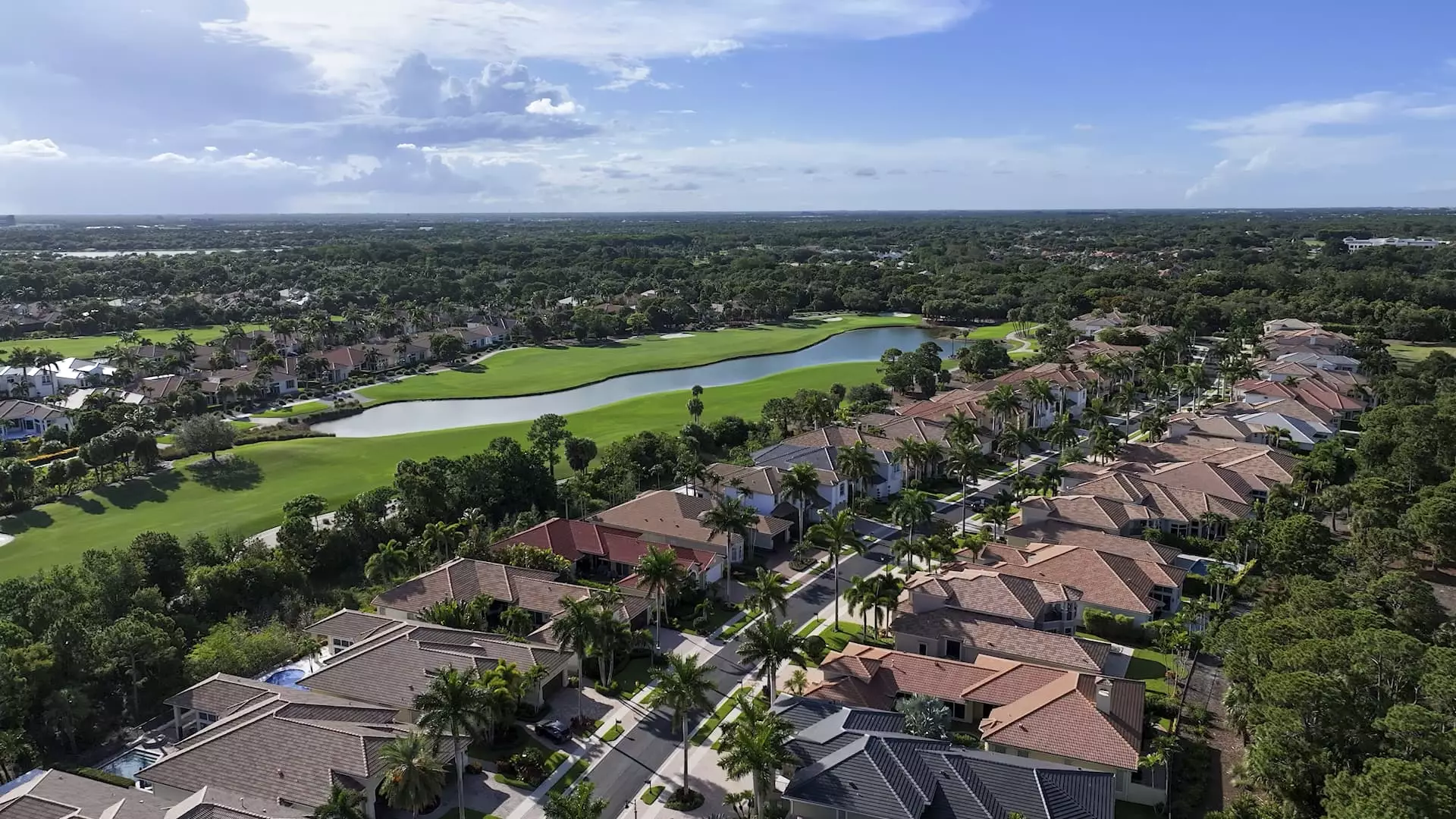Gated communities have long been painted as sanctuaries of safety and exclusivity, yet their growth reveals more about societal divisions than security needs. Once primarily the refuge of retirees and the wealthy, these enclaves now serve a broader spectrum, including middle-class families who seek a perceived upgrade in lifestyle. This shift signifies that the allure is less rooted in actual crime prevention and more in the desire for social differentiation. Where once gates symbolized safety, they now often serve as markers of privilege, creating physical and social barriers that shape community identity. The evolutionary trend demonstrates how the American dream has become intertwined with exclusivity, rather than shared neighborhood cohesion.
The Economics Behind Gated Communities: More Than Just Security
Home prices within gated neighborhoods consistently outperform their non-gated counterparts, often by 5% to 20%. This premium isn’t solely a product of secure environments; it’s embedded in the brand of exclusivity, the promise of luxury amenities, and the social cachet it confers. Homeowners Associations (HOAs) impose hefty fees not only to maintain the quality and appeal of amenities like golf courses and water access but also reinforce a sense of separation from society at large. These fees, which can range from a few hundred to several thousand dollars per quarter or year, become a financial gatekeeping device—limiting access primarily to those who can afford to sustain the luxury. As these communities grow more common, the gap widens between the socio-economic classes, fueling a cycle of exclusivity driven by economic barriers disguised as security.
The Myth of Safety and the Reality of Social Segregation
While security remains a touted feature of gated communities, its importance varies based on the actual crime rates and cultural context. In the United States, the emphasis on gates often reflects a desire to control access rather than a real need for defense against violence. In many cases, gates are more about signaling wealth and controlling who enters, than about protecting residents from danger. This subtle shift in purpose effectively fosters social segregation, creating enclaves that are increasingly out of touch with the broader community. By focusing on internal amenities and exclusivity, gated communities inadvertently reinforce a narrative that safety and social mobility are commodities only accessible to the wealthy, thereby widening the socio-economic divide and solidifying America’s stratified social landscape.

